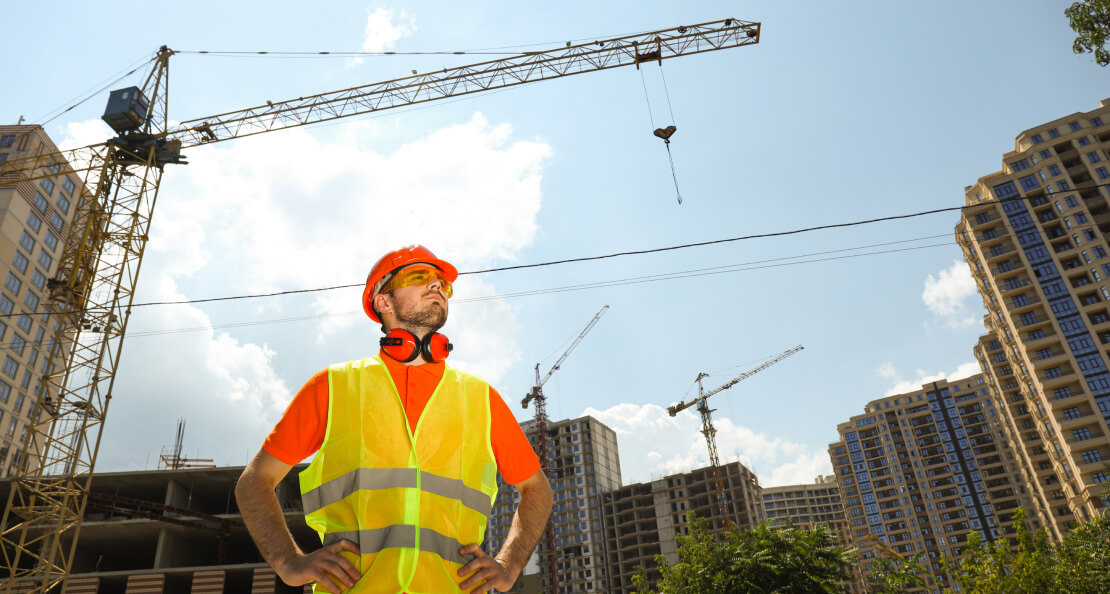Building a Secure Construction Site: Best Practices and Tips
1. Conduct a Comprehensive Risk Assessment
Before establishing security measures, it’s crucial to identify potential vulnerabilities and threats. A thorough risk assessment should:
- Analyze the project site for physical security gaps.
- Evaluate the risk of equipment theft, unauthorized access, and accidents.
- Consider cybersecurity risks, especially for digital construction management platforms.
2. Implement Physical Security Measures
Physical security is the first line of defense for construction projects. Key measures include:
- Perimeter Fencing: Install robust fencing to define boundaries and restrict unauthorized entry.
- Access Control Systems: Utilize badge systems, biometric scanners, or secure gates to monitor and control site access.
- Video Surveillance: Deploy CCTV cameras strategically to monitor high-risk areas.
- Lighting: Ensure adequate lighting across the site to deter trespassers, especially during nighttime.
3. Secure Equipment and Materials
Construction sites house valuable equipment and materials that are prime targets for theft. Best practices include:
- Marking and inventorying all equipment with unique identifiers.
- Storing materials in locked containers or warehouses.
- Using immobilizers or GPS tracking systems for heavy machinery.
4. Cybersecurity for Digital Tools
With the growing reliance on technology in construction, cybersecurity is as critical as physical security. To protect sensitive project data:
- Use encrypted communication channels for sharing project updates.
- Implement strong password policies and multi-factor authentication.
- Regularly update software and perform vulnerability scans.
5. Develop a Security Training Program
Training workers and staff on security protocols is vital. A comprehensive program should:
- Educate on identifying suspicious activities.
- Train on proper use of access control systems.
- Ensure awareness of cybersecurity best practices.
6. Establish an Incident Response Plan
Despite preventive measures, incidents may occur. An effective incident response plan includes:
- Clear procedures for reporting and documenting security breaches.
- Predefined roles and responsibilities for handling emergencies.
- Regular drills to test the plan’s effectiveness.
7. Collaborate with Security Professionals
Engage security experts to audit your site and recommend improvements. Professional security services can provide:
- On-site security personnel for patrol and surveillance.
- Advanced monitoring systems for real-time alerts.
- Insights into emerging security threats and trends.
8. Leverage Technology and Innovation
Modern technology offers advanced solutions to bolster site security. Consider:
- Drones for aerial surveillance.
- Smart sensors to detect unauthorized movements or equipment tampering.
- AI-driven analytics for identifying unusual activities in surveillance footage.


Conclusion
Effective security practices are integral to the success of construction projects. By combining physical measures, cybersecurity, worker training, and innovative technologies, project managers can create a safe and secure environment. Proactively addressing security challenges not only protects assets but also fosters trust among stakeholders and ensures the project’s timely and successful completion.

